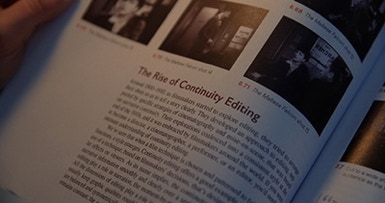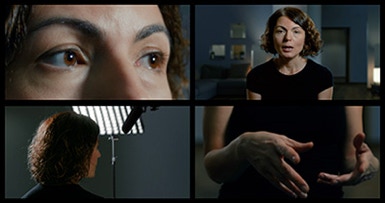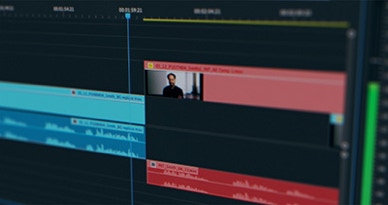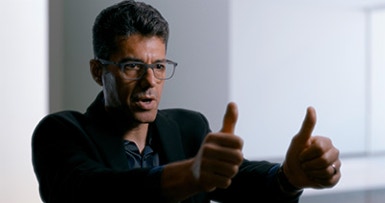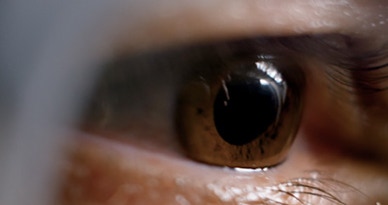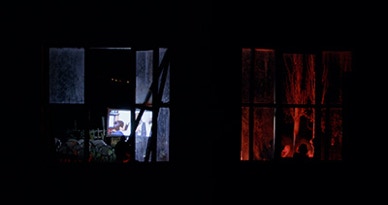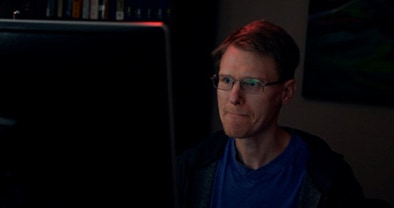
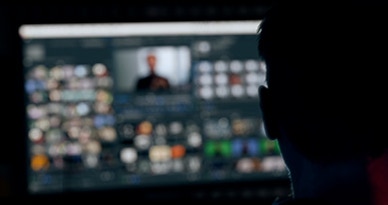
IN THE CLASSROOM
The Cinema Within was originally conceived by director Chad Freidrichs around 2010, while teaching college-level film editing and film appreciation courses. He became fascinated by the longevity and near-universal adoption of a handful of basic edits known collectively as the continuity editing system — a set of techniques used by filmmakers across cultures for over a century.
Why had this particular approach to editing become so widespread? Could it be connected to the way humans perceive the world?
Freidrichs resolved to one day make a film that explored these questions while also introducing general audiences to the mechanics of film editing.
The result is a documentary that bridges theory, craft, and perception. It’s well-suited for use in film appreciation, theory, and production courses, as well as psychology, neuroscience, and visual anthropology classes exploring cross-cultural perception and visual processing. Whether shown in full or excerpted, it’s designed to prompt discussion, spark insight, and reveal what makes editing feel so natural.
